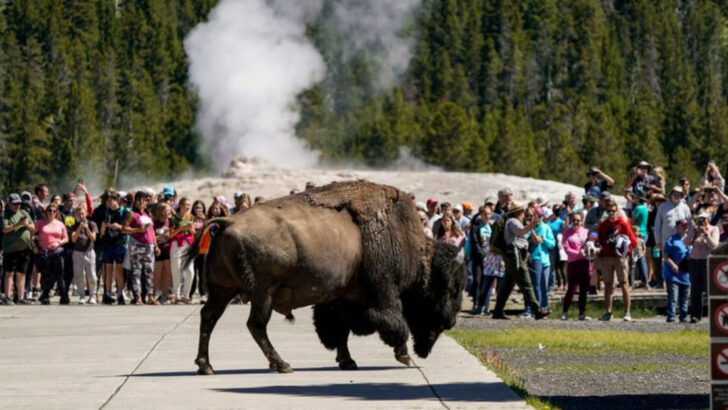The U.S. isn’t just home to bald eagles and bison—it hides some of the planet’s rarest mammals. From mountaintops to deserts, deep forests to underground burrows, these creatures exist in one place only: here. You won’t find them in Canada. Not in Europe. Not even across the border in Mexico. Some are tiny and secretive. Others are bold, bizarre, or unexpectedly adorable. All of them are one-of-a-kind pieces of America’s wild puzzle. Here are 20 mammals that call the U.S. their only home—living proof that nature still has a few surprises tucked inside the stars and stripes.
American Bison
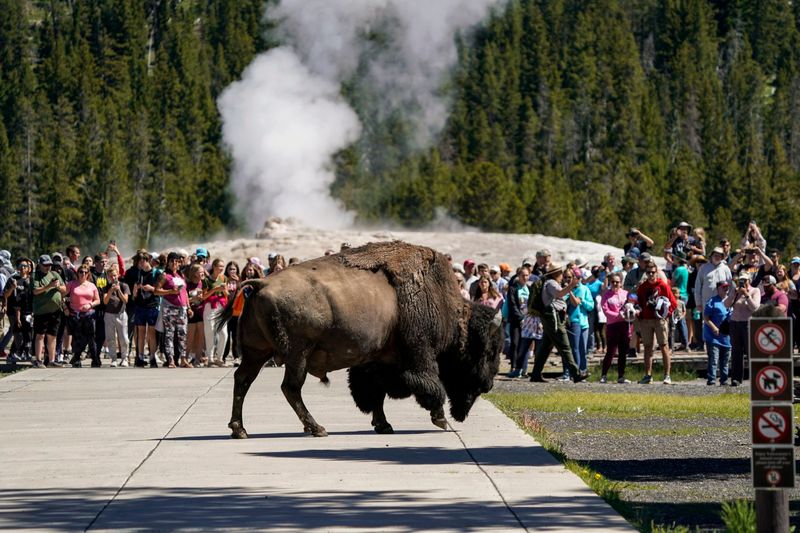
The American Bison, with its towering frame and shaggy mane, is a true icon of the American Great Plains. Massive herds once roamed freely, but today their numbers are a shadow of the past. In Yellowstone, their history is intertwined with Native American culture and the pioneering spirit. Despite near extinction, conservation efforts have saved this symbol of wild strength. Are you aware that they can run up to 35 miles per hour? Their presence still ignites a sense of freedom and untamed beauty across the wide expanses of grasslands and rolling hills.
Florida Manatee
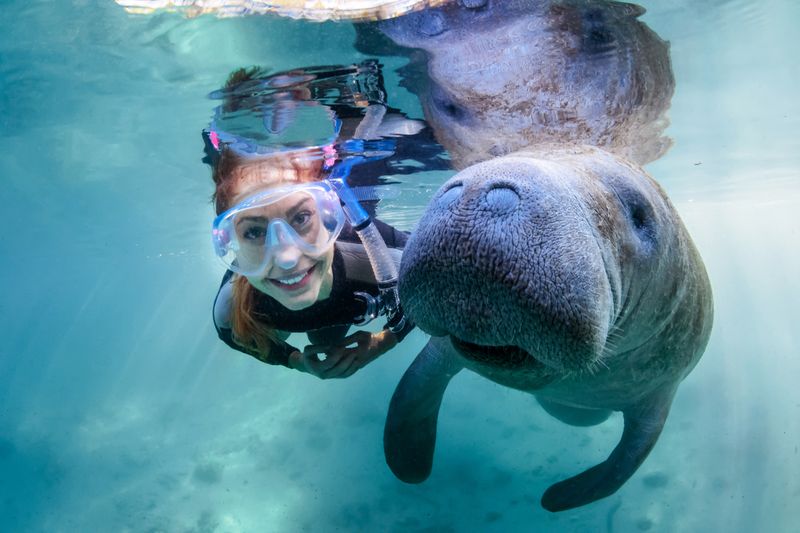
The Florida Manatee, often dubbed “sea cows,” glide gracefully through the warm waters of Florida’s springs. These gentle giants spend their days munching on aquatic vegetation, embodying peace and calmness. Historically, sailors mistook them for mermaids, captivated by their slow, fluid movements. They face threats from boat collisions and habitat loss. Conservationists work tirelessly to ensure their survival. Did you know they can hold their breath for up to 20 minutes while resting? Their presence in Florida’s waters is a serene reminder of nature’s gentle pace and silent strength.
Kangaroo Rat
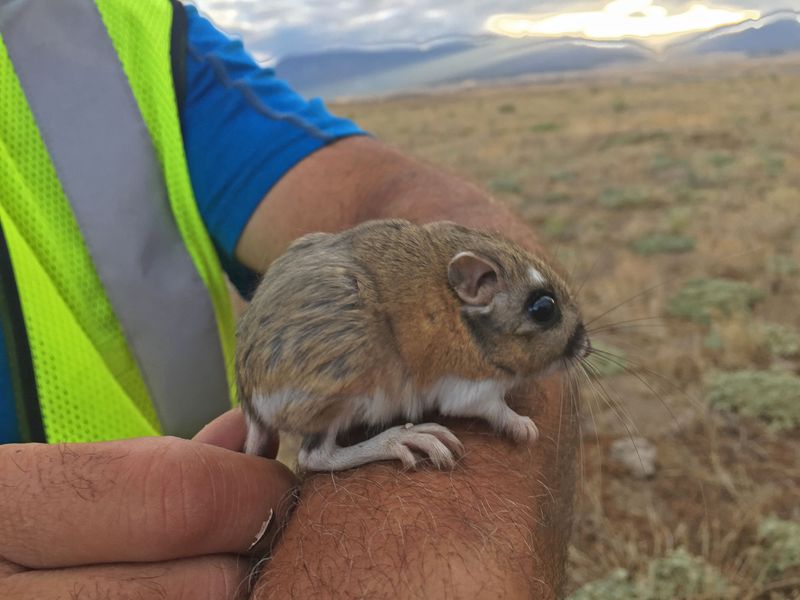
In the arid deserts of the Southwest, the tiny Kangaroo Rat thrives. With its long legs and tail, it hops like its namesake, the kangaroo. Its nocturnal lifestyle helps it escape the desert sun, while its cheeks store seeds for sustenance. Miraculously, it survives without ever drinking water, extracting moisture from its diet. These adaptations make it a marvel of desert life. Their dance-like movements across the sands are a testament to evolutionary ingenuity. Fascinated by survival stories? This little creature is a lesson in resilience and resourcefulness.
California Sea Lion
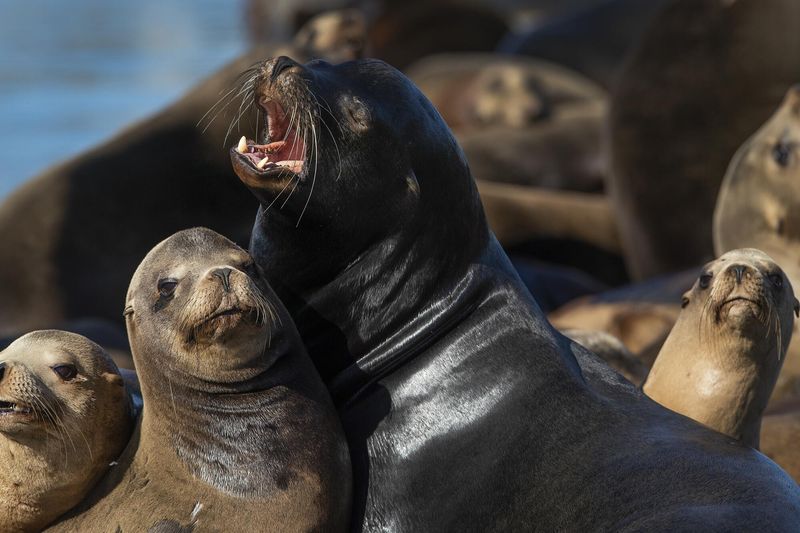
On the rocky shores of California, the California Sea Lion captivates with its playful antics and boisterous barks. Social creatures, they form large colonies, communicating through a variety of vocalizations. With a remarkable intelligence, they easily learn tricks, often starring in marine shows. Unfortunately, they face threats from pollution and climate change. Conservation efforts aim to protect their habitats. Did you know they can dive up to 900 feet? Their agile swimming and playful nature make them beloved icons of the Pacific coastline, embodying the spirit of the sea.
Red Wolf
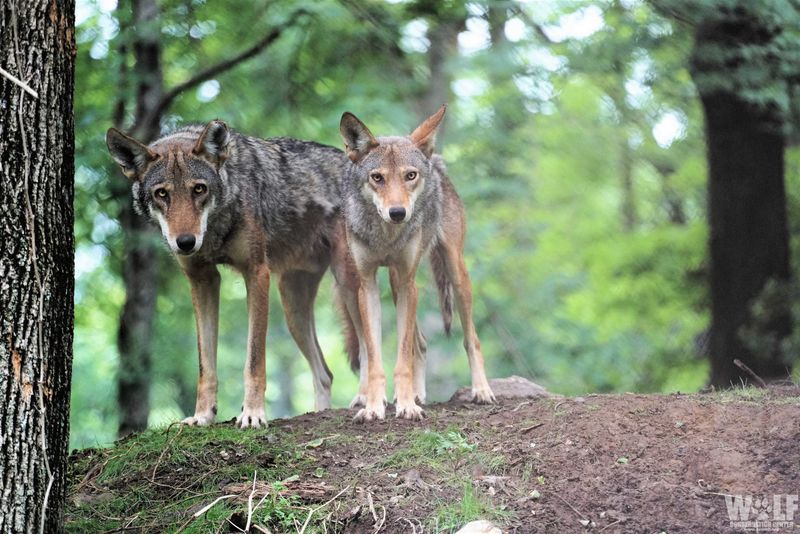
Once roaming across the southeastern United States, the elusive Red Wolf now finds refuge in North Carolina. With a striking reddish coat, these wolves are an emblem of resilience and struggle. Their history is marked by near extinction due to habitat loss and hunting. Conservation programs have reintroduced them into the wild. Curiously, they are known for their unique howls, which echo through the forests. Their presence is vital for maintaining ecological balance. The Red Wolf’s tale is one of survival against all odds, embodying the wild spirit of the American wilderness.
Alaskan Moose
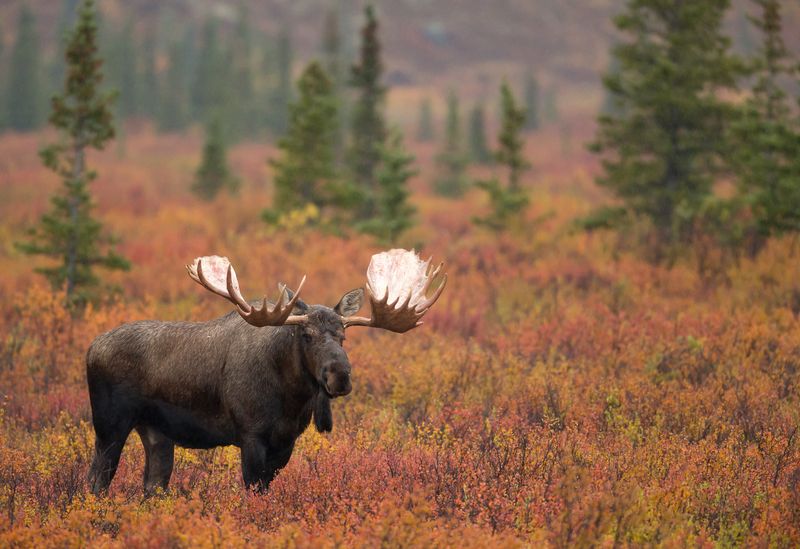
In the vast expanses of Alaska, the Alaskan Moose reigns supreme. Known for their impressive antlers, which can span up to six feet, these giants are the largest of the deer family. Their solitary nature and majestic presence make them a sight to behold. In winter, they traverse snowy landscapes in search of food. Despite their size, they are surprisingly agile swimmers. Did you know they can eat up to 70 pounds of food a day? The Alaskan Moose symbolizes the rugged beauty and untamed wilderness of the northern frontier.
Key Deer
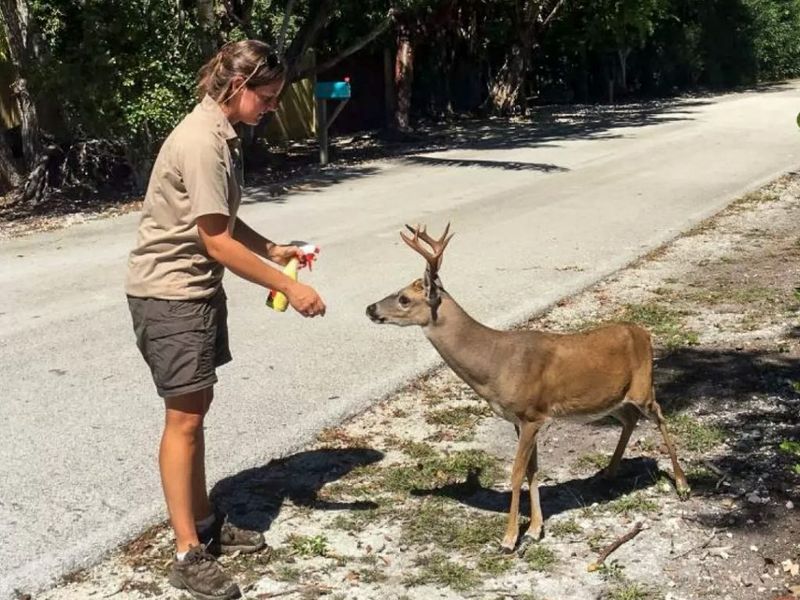
The diminutive Key Deer, found only in the Florida Keys, is a symbol of perseverance. As the smallest subspecies of the white-tailed deer, it stands only about 32 inches at the shoulder. They navigate the mangroves and forests with grace and caution. Habitat loss and human interactions threaten their existence. Efforts to protect these gentle creatures have led to their gradual recovery. Intrigued by rare wildlife? The Key Deer’s story is a poignant reminder of nature’s fragility and the importance of conservation.
Virginia Opossum
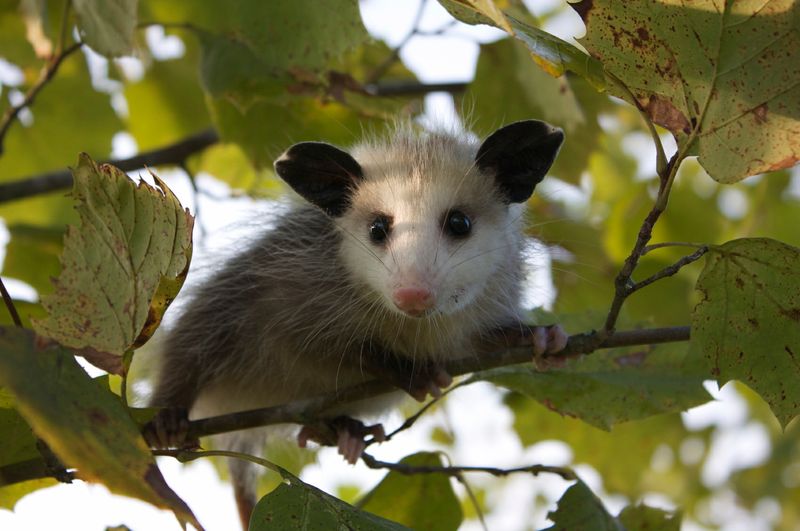
Known for their “playing dead” trick, Virginia Opossums are North America’s only marsupials. With a face full of curiosity and a prehensile tail, they adapt to various environments. They are scavengers, cleaning up ecosystems by consuming leftovers and pests. Despite their sometimes eerie appearance, they are immune to snake venom. Did you know they have a remarkable resistance to rabies too? Their presence is a testament to adaptability and ecological importance. The Virginia Opossum’s quirky behaviors add a touch of mystery to the American forests.
Appalachian Cottontail
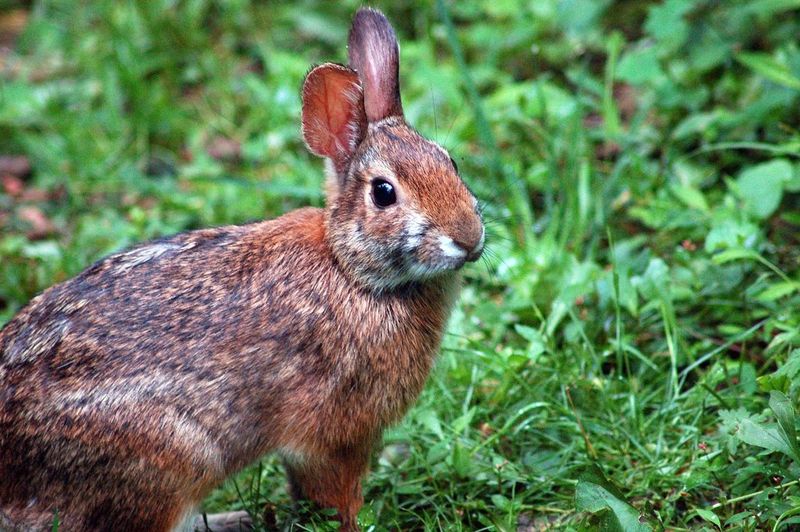
In the misty Appalachian Mountains, the Appalachian Cottontail darts through the underbrush. This elusive rabbit is known for its distinctively softer, denser fur compared to its relatives. Endemic to the region, it thrives in high-altitude forests where it feeds on a diet rich in plants and shrubs. Their ears, slightly smaller, are adapted to cooler climates. Conservation efforts focus on preserving their unique habitat. Fascinated by mountain mysteries? The Appalachian Cottontail’s secretive ways offer a glimpse into the hidden wonders of the eastern forests.
Desert Bighorn Sheep

The Desert Bighorn Sheep, a true marvel of adaptation, navigates the rugged cliffs and canyons of the American Southwest. With their impressive curved horns, males engage in dramatic head-butting contests during mating season. They possess exceptional climbing abilities, allowing them to escape predators with ease. Conservationists work to maintain their populations, which face threats from disease and habitat disturbance. Did you know their horns can weigh up to 30 pounds? These resilient animals are a testament to nature’s ability to thrive in harsh environments.
Eastern Mole
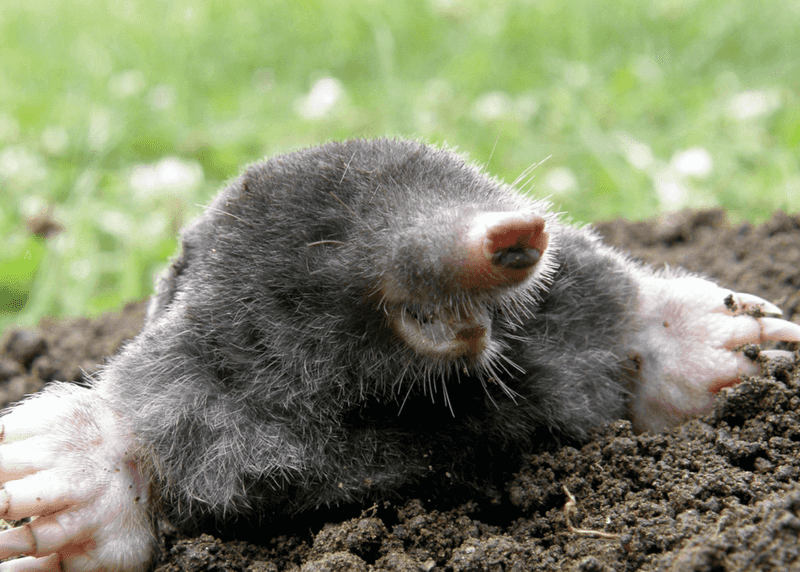
Below the earth’s surface, the Eastern Mole carves out an intricate world of tunnels. Known for their velvety fur and powerful digging paws, they efficiently create vast underground networks. Despite their reputation as garden pests, they play a crucial role in aerating soil and controlling insect populations. Their nearly blind eyes are adapted to a life in the dark. Fascinated by underground mysteries? The Eastern Mole’s subterranean lifestyle uncovers the often unseen complexity of our ecosystems.
Mountain Lion
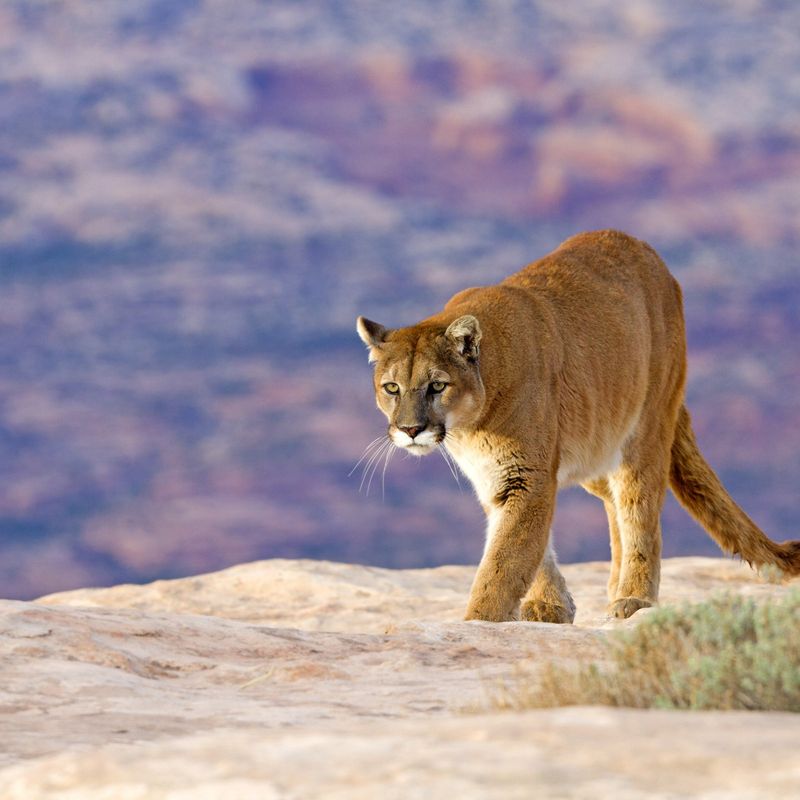
In the rugged Sierra Nevada, the Mountain Lion, or cougar, rules as a solitary predator. With a muscular build and a keen sense of stealth, it hunts a wide range of prey. Known for their distinctive screams, these cats have inspired both awe and fear. Their territories are vast, spanning hundreds of square miles. They face challenges from habitat fragmentation and human encounters. Are you intrigued by the wild? The Mountain Lion’s presence is a dynamic force in maintaining ecological balance in its mountainous realm.
Black-footed Ferret
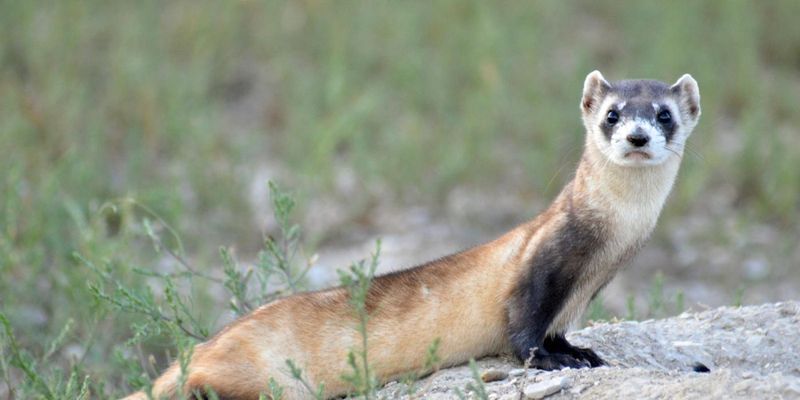
Once considered extinct, the Black-footed Ferret is a conservation success story. Native to the Great Plains, this ferret depends on Prairie Dogs for food and shelter. Its striking black mask and nimble body are perfectly adapted to life in the grasslands. Through captive breeding and reintroduction efforts, their populations are slowly recovering. Did you know they were rediscovered in 1981 after being thought extinct? The Black-footed Ferret’s tale is a hopeful reminder of nature’s resilience and the power of human intervention.
Western Gray Squirrel
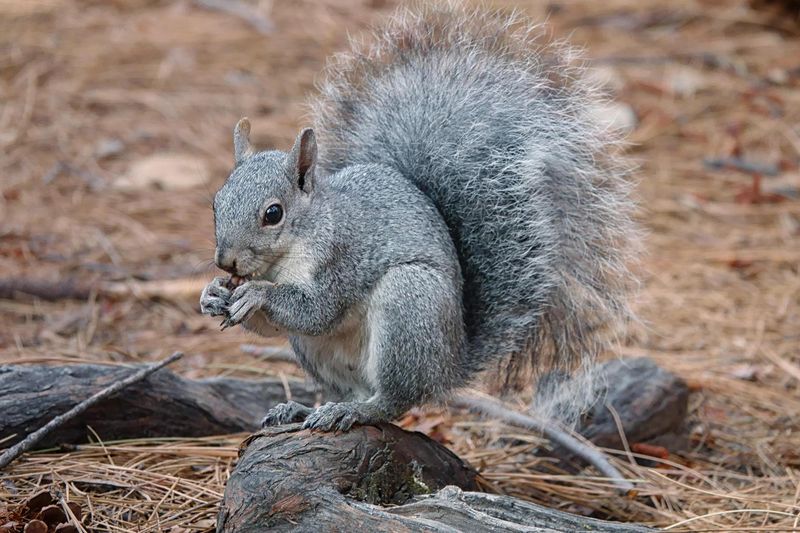
In the lush forests of the Pacific Northwest, the Western Gray Squirrel leaps from branch to branch. Known for their bushy tails and keen intelligence, they are master foragers, hoarding acorns and seeds for the winter months. Their presence indicates healthy forest ecosystems. Despite habitat loss, they adapt well to urban environments. Curious about forest dwellers? The Western Gray Squirrel’s playful antics and sharp instincts make it a charming resident of America’s wooded landscapes.
Northern River Otter
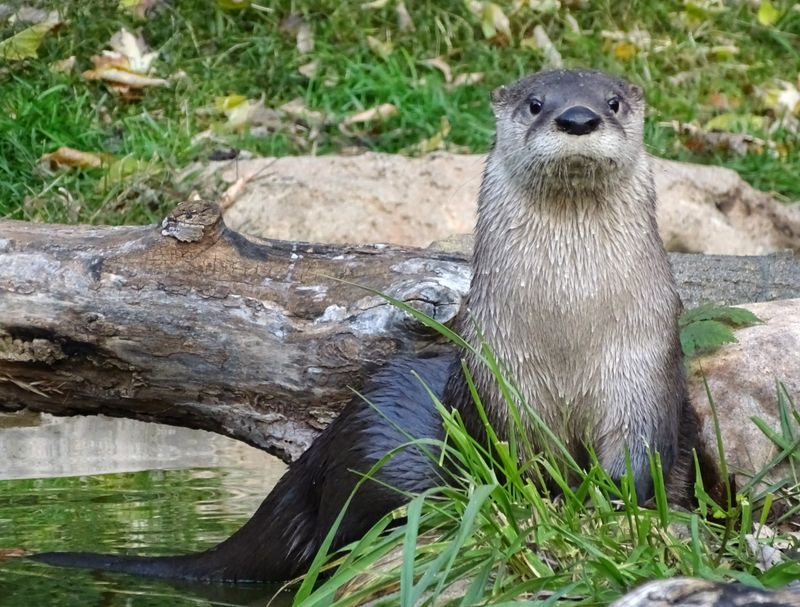
The Northern River Otter, with its playful demeanor, is a beloved inhabitant of North America’s freshwater systems. Sleek and agile, they glide through water with ease, hunting for fish and invertebrates. Their social nature means they are often seen playing in groups, sliding down muddy banks with glee. They signify healthy waterways and face threats from pollution. Did you know they can close their ears and nostrils underwater? The Northern River Otter’s spirited antics bring vibrancy and joy to the rivers and lakes they inhabit.
Ringtail Cat
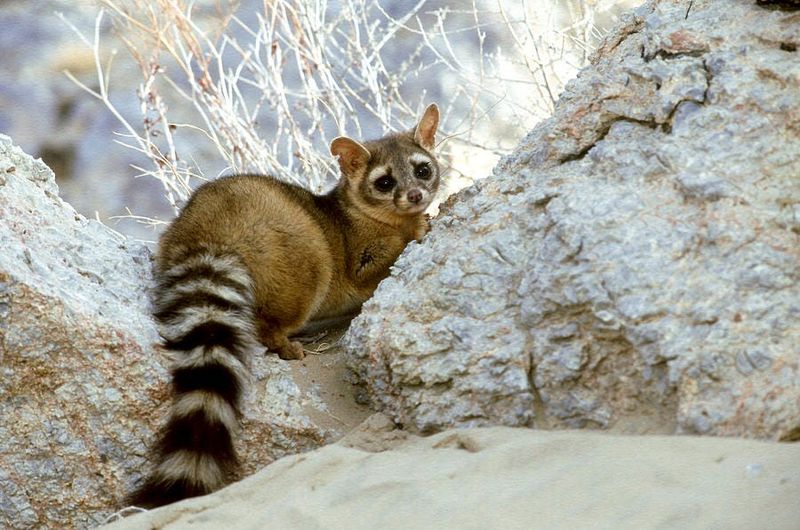
Despite its name, the Ringtail Cat is not a feline but a member of the raccoon family. In the canyons of the Southwest, it dwells in rocky crevices, its large eyes adapted for nocturnal life. With a tail striped in black and white, it balances expertly on cliffs and trees. Treasured by miners as “Miner’s Cats” for their rodent-catching skills, they have a distinct history. Intrigued by the night? The Ringtail Cat’s stealthy movements and curious nature make it a captivating nocturnal explorer of the American landscape.
Utah Prairie Dog
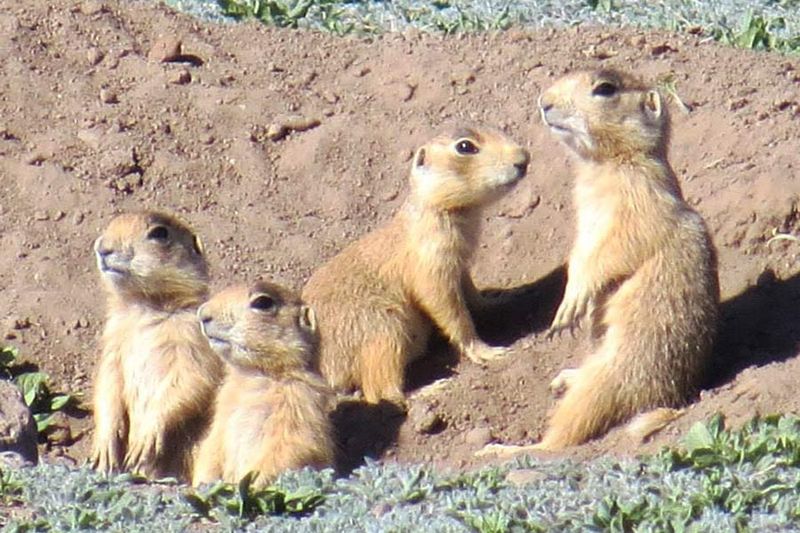
Endemic to Utah, the Utah Prairie Dog plays a vital role in its ecosystem. These social creatures create complex burrow systems, providing habitats for other species. Conservationists have worked tirelessly to protect them from threats like habitat loss and disease. They communicate through a sophisticated series of vocalizations, warning each other of potential dangers. Did you know they have a unique “jump-yip” behavior? The Utah Prairie Dog’s vibrant community life is a testament to nature’s interconnectedness and the importance of preserving biodiversity.
Hawaiian Monk Seal
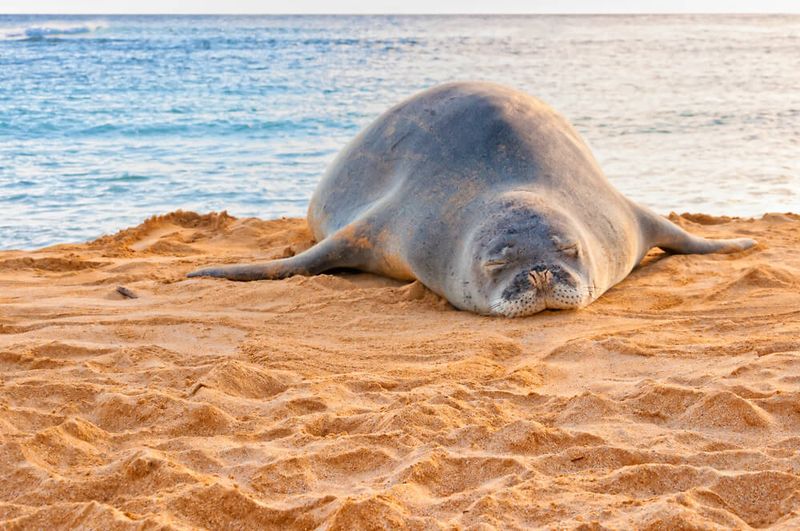
In the tropical paradise of Hawaii, the Hawaiian Monk Seal rests on sandy shores. Endemic to the islands, this seal faces multiple threats, including fishing nets and environmental changes. Conservation efforts focus on protecting their habitats and ensuring their survival. With large eyes and a gentle demeanor, they are often seen lounging peacefully by the ocean. Did you know they are one of the most endangered seal species? The Hawaiian Monk Seal’s serene presence is a gentle reminder of the delicate balance within island ecosystems.
Marbled Murrelet
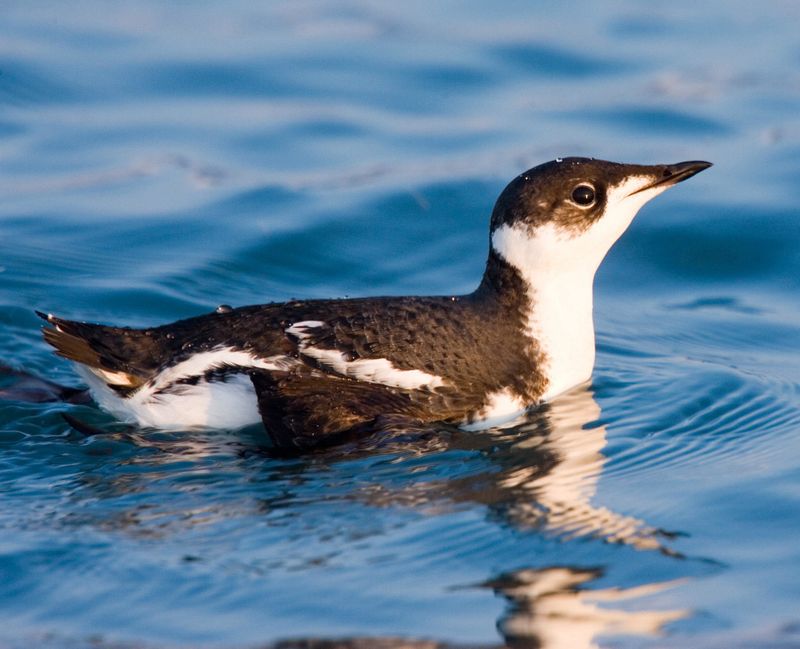
The Marbled Murrelet, a small seabird, nests high in the ancient trees of the Pacific Northwest. Despite their elusive nature, they play a crucial role in the coastal ecosystem. Their mysterious nesting habits baffled scientists for years until discovered in the 1970s. Threatened by habitat loss, efforts are made to protect their forest homes. Did you know they spend most of their lives at sea? The Marbled Murrelet’s secretive ways and striking appearance enchant bird enthusiasts, drawing attention to the wonders of avian life.
American Black Bear
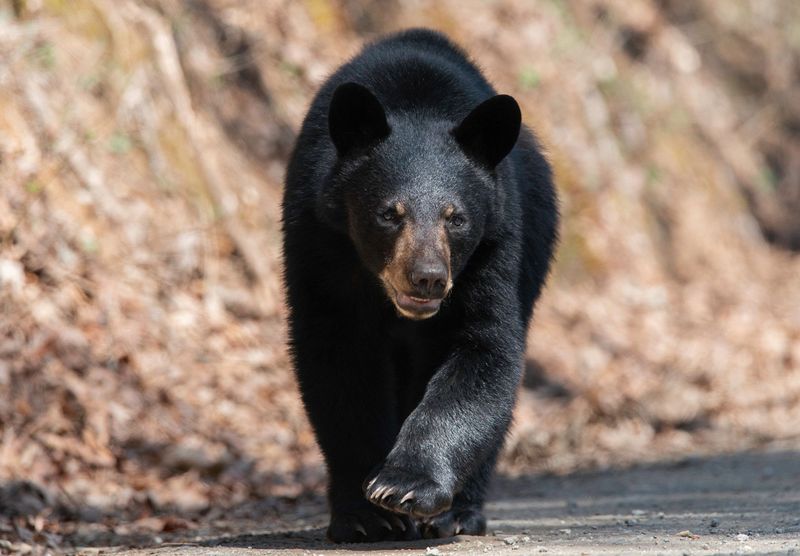
The American Black Bear, a symbol of wilderness, roams the forests of North America. Known for their varied diet, they forage for berries, nuts, and fish. Despite their size, they are excellent climbers and swimmers. Conservation efforts help maintain their populations amidst challenges from habitat encroachment. Did you know they can hibernate for up to seven months? The American Black Bear’s adaptability and strength highlight the resilience of forest ecosystems, offering a glimpse into the enduring spirit of wild America.

